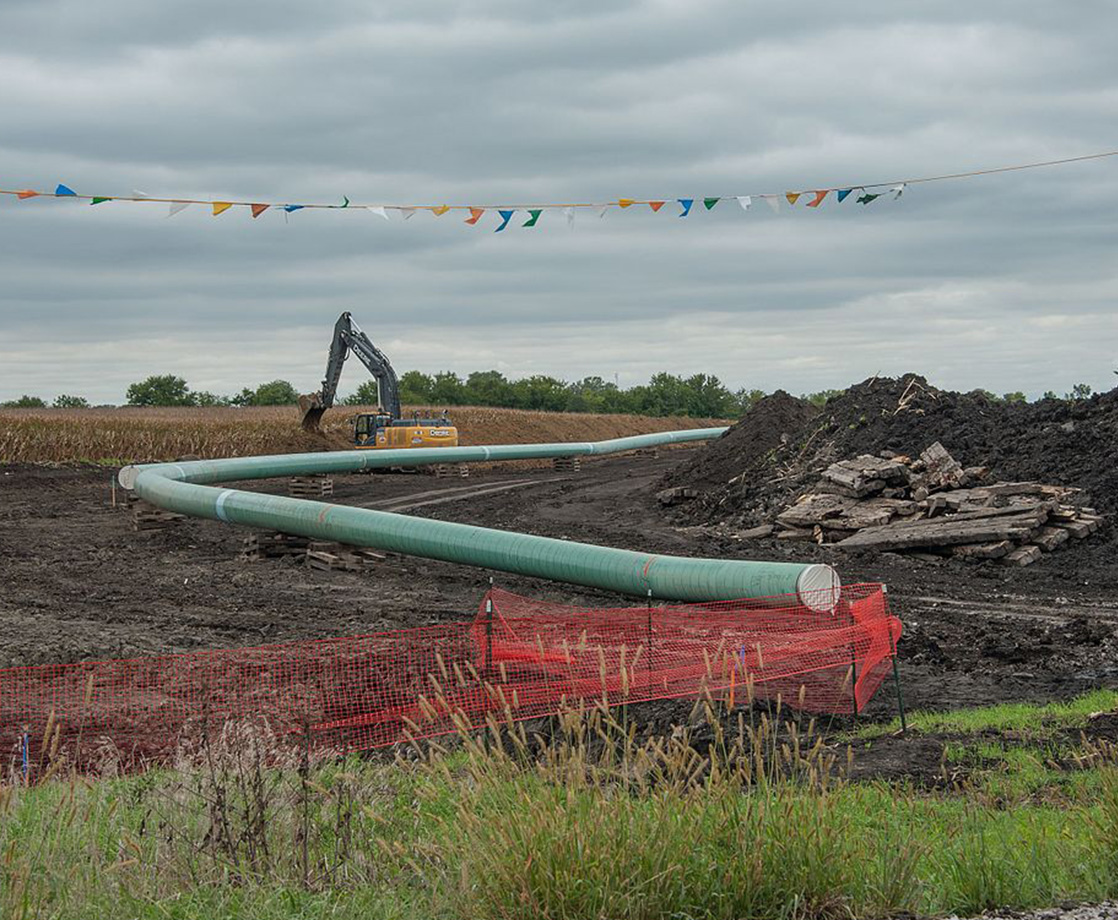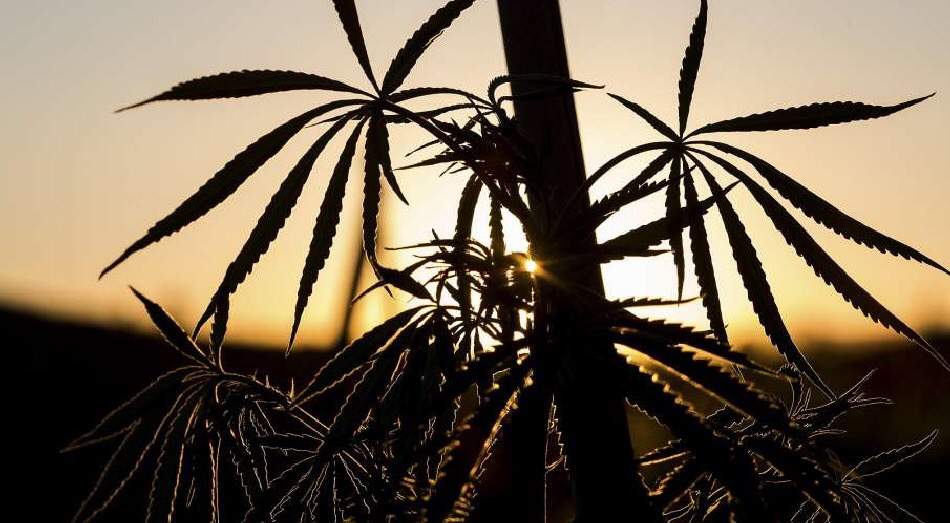The Dakota Access Pipeline is already leaking, and it’s only been a few months since President Trump reversed Obama’s denial of a permit that halted construction on it. After years of bitter fighting by indigenous people and environmental activists, efforts to delay the $3.8 billion Dakota Access Pipeline have been defeated, largely thanks to Republicans taking control of every branch of government. Despite the exhaustive efforts of protestors and lawyers for indigenous groups, the pipeline is completed and some oil is already flowing in preparation for when the DAPL is fully operational. But even though the pipeline is not yet working at capacity, 84 gallons of oil spilled out of a South Dakota pump station last month.
Critics of the pipeline, who have long argued that it would endanger sacred indigenous sites and put the local water supply at risk, are feeling sadly vindicated following the spill. Jan Hassleman, a lawyer for the Standing Rock Sioux, said, “They keep telling everybody that it is state of the art, that leaks won’t happen, that nothing can go wrong. It’s always been false. They haven’t even turned the thing on and it’s shown to be false.” Tribal Chairman Dave Archambault told the New York Times, “With 1,200 miles of pipeline, spills are going to happen. Nobody listened to us. Nobody wants to listen, because they’re driven by money and greed.”
The Standing Rock tribe and their allies fought the pipeline’s construction for years, but local Republican politicians and President Trump, who has close ties to Energy Transfer Partners, the corporation building the DAPL, have worked actively to expedite the project. Trump issued an executive order aimed at getting the pipeline finished as quickly as possible in late January. Local and national agencies have worked with ETP since Trump’s inauguration, granting permits and easements despite a growing list of violations ETP has racked up on other projects. For reference, the corporation has accumulated almost $500,000 in fines in Ohio alone since late March for running afoul of environmental regulations.
Luckily, this leak was relatively small, and didn't threaten any waterways. The AP reported that the spill was contained quickly by “a plastic liner and containment walls.” Due to the nature of the leak, the state Department of Environment and Natural Resources didn't take steps to announce it publicly beyond posting a report on their website. This struck locals as odd, considering the level of public attention and ongoing legal proceedings around the pipeline. Brian Walsh, an employee with the agency, clarified that they don't issue news releases on spills unless there is a threat to public health or fisheries.
Despite the heavy setbacks pipeline activists have been dealt, and the reality that the pipeline will soon be fully operational (barring unforeseen circumstances), they continue to resist. In March, indigenous people organized a massive march against the pipeline in Washington, D.C. Divestment campaigns across the country, and the world, are still gaining steam. This year, activists have convinced investors as varied as Norwegian pension funds and the city of Seattle to divest from companies involved in backing the DAPL. Numerous lawsuits are still pending against the pipeline’s construction. In March, a federal judge combined suits from four different tribes into one case against the pipeline, alleging that the pipeline will impact cultural sites and endanger their water supply. Activists admit they will have an uphill climb ahead of them, as they are now faced with the challenge of trying to shut down the pipeline rather than halting its construction. Though this first leak may not be catastrophic, it illustrates why people were fighting the DAPL in the first place, and why the fight needs to continue.
For ways to donate or help the people of Standing Rock, this article by Shaun King outlines various legal defense funds you can contribute to.
Follow Brenden on Twitter.











